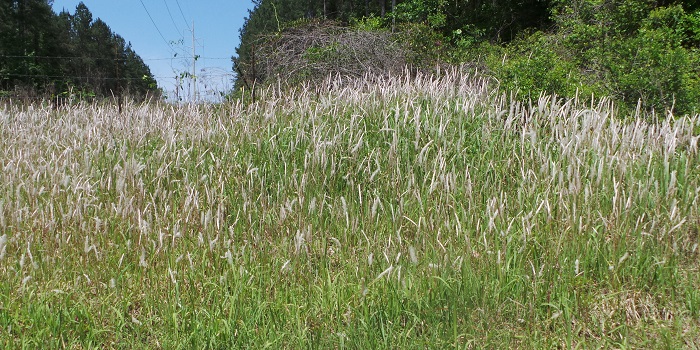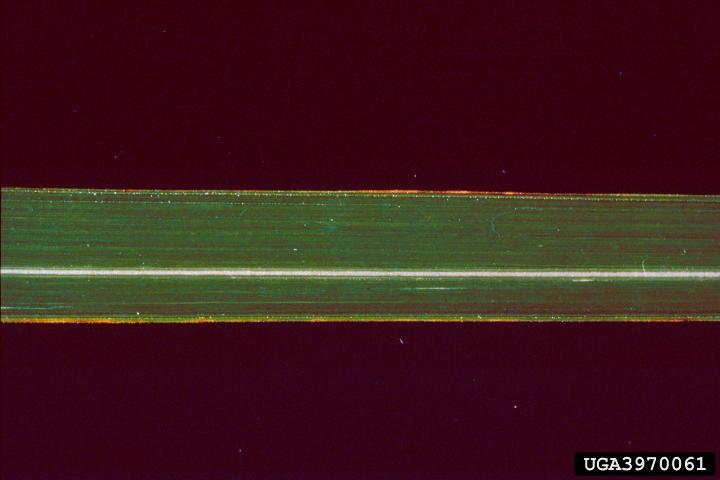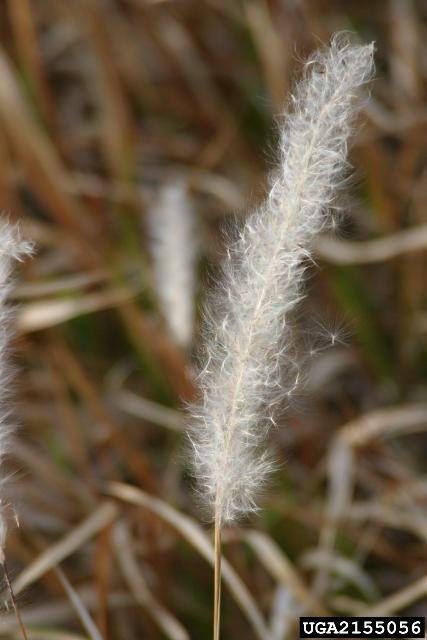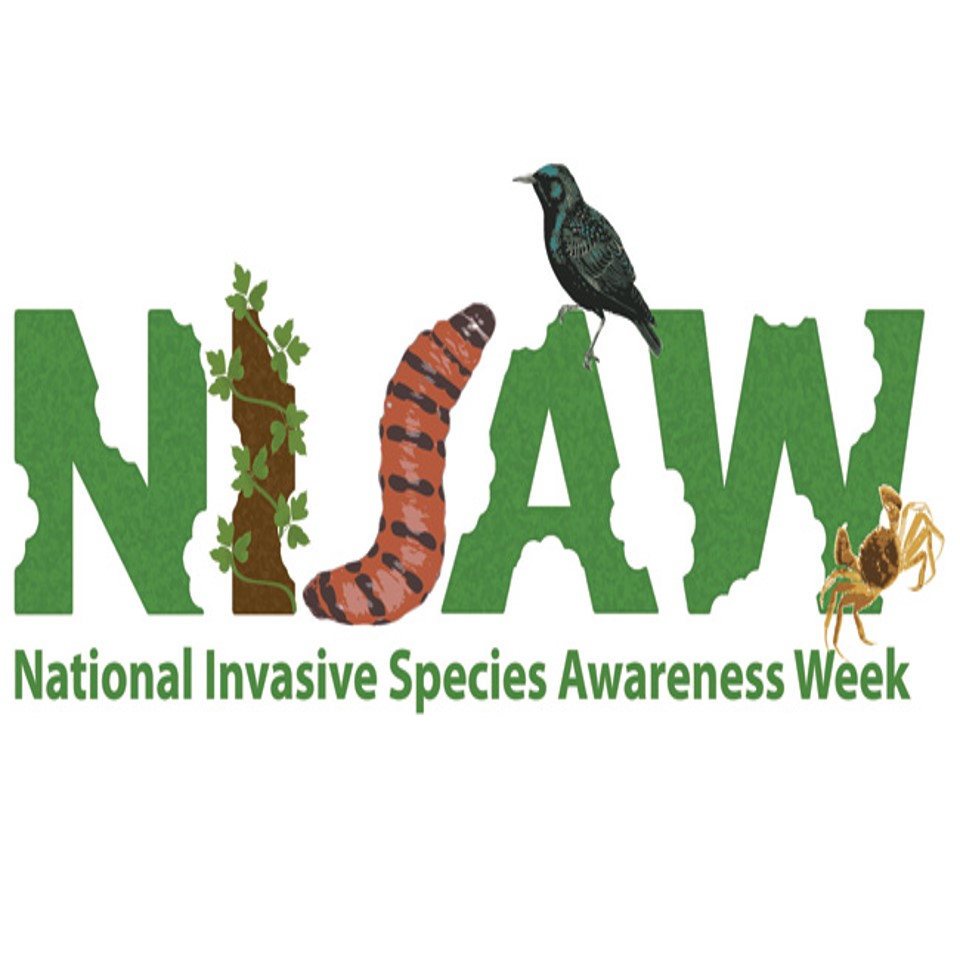National Invasive Species Awareness Week
ARE YOU AWARE THAT THE INVASIVE COGONGRASS HAS MADE ITS WAY TO OUR COASTAL AREA?
Many may be familiar with this noxious weed but that is because it has been a problem in agricultural and timber lands for many decades now.

This grass (Imperata cylindrica) is native to Southeast Asia and arrived by accident within cargo delivered to the port of Mobile in the early part of the 20th century. It quickly spread and has been a menace ever since. It can be found in ditches, roadsides, empty lots, golf courses, pastures, and timberlands. On a recent drive south through Mobile County there was nowhere the plant could not be found. The current records on EDDMapS shows the plant has spread through nine states in the southeastern U.S. and every county in Florida. Cogongrass has serrated edges and is imbedded with silica, so is not a popular forage plant with many forms of livestock and wildlife. It burns very hot and has made land management with prescribe fire difficult. States across the south spend hundreds of thousands of dollars annually trying to control the plant. Though working primarily in Santa Rosa and Okaloosa counties of the Florida panhandle, the Longleaf Alliance has a team focused on managing it.
My role with UF IFAS Extension is with Florida Sea Grant, I focus on coastal issues. A couple of years ago, we received a call from a condo manager on Perdido Key who believed they had found cogongrass growing on their property. I, along with natural resource personnel from Escambia County, made a site visit and sure enough – there was cogongrass growing around their swimming pool. It most likely got there by the lawn maintenance crew. This is a common method of spreading this plant. Crews mow the grass down, do not clean their equipment, load it on a trailer, and spread the plant to other locations. However it got there, this was a classic EDRR situation on our islands and plans were made to remove the plant without harming the native sea oats nearby.
Cogongrass, like beach vitex, is allelopathic – it can draw moisture away from nearby plants, killing them, and taking over their space. The plant can grow into thick monocultures displacing the native dune plants and altering the ecology – possibly impacting the federal protected Perdido Key beach mouse. It is a relatively new issue on our barrier islands. The current EDDMapS records show the plant has been found on Horn Island and Petiti Bois Island in Mississippi – Dauphin Island, Ft. Morgan peninsula, and Gulf Shores in Alabama – Perdido Key, Santa Rosa Island, Destin, south Walton, St. Andrew’s State Park, Tyndall AFB, Cape San Blas, St. Vincent Island, Apalachicola, and the St. Marks Wildlife Refuge in the Florida panhandle. This is most likely under reported and notes that the invasion of the coastal areas has begun. A rapid response is needed.
IF I LIVE IN A COASTAL AREA, HOW WOULD I KNOW IF THERE IS COGONGRASS PRESENT?
First it is a grass. It resembles typical turf grass, but the blades are tall – up to three feet high – and the blades are between 0.5-1.0 inches wide. It has a lighter green color than most of the native plants but does become brown in colder weather. It is usually found in very dense patches and looks “invasive” – like it is taking over the landscape. Close inspection of the blades you will find the edges rough (serrated) and the “veins” all running parallel (not branching) with the darker midline not in the middle of the blade but offset to one side. When the grass goes to seed in the spring it can be identified by the white “fluffy” seeds that extend above the grass and are dispersed by the wind – much like dandelions.


Managing this plant is very difficult. Fragments of the rhizomes can generate re-growth and removing all of the rhizomes by hand is very difficult. Herbicide treatment is the most effective and the grass tends to return even with this. The best time to apply herbicide is in the fall.
If you think you may have this grass, contact your county extension office to verify and for advice on how to manage.

- Rattlesnakes on Our Barrier Islands; Part 1 Knowing the Snake - December 8, 2025
- Tips for Bear Encounters this Fall - November 10, 2025
- Pensacola Bay Invasive Species Summer Survey 2025 - November 3, 2025
